Welcome to the latest installment of Show Us Your Space, our series in which we invite studio owners, builders, and musicians at all levels to show off their music-making environments—from attic workspaces to world-class recording rooms. Previously, we visited Mad Dog Ranch Studios in Aspen, Colorado and the Acouphonic vintage tube equipment repair shop in Vouvray, France.
This week, we head to coastal Connecticut, where the Power Station New England takes as its inspiration the historic Power Station recording studio in New York City—faithfully replicating the dimensions and layout of the landmark site where Bruce Springsteen, Madonna, David Bowie, and more recorded. While it has no relationship with the original space (which is now owned by Berklee College of Music and is known as Power Station BerkleeNYC)—it has plenty of mojo all its own.
The dome-topped, wood-paneled Studio A was built in 1995 and is outfitted with a legendary Neve 8068 MKII console that once tracked John Lennon, AC/DC, and Nirvana during its tenures at Electric Lady Studio and Pachyderm Studio, before being bought and restored by Power Station NE.
Follow along below as Evan Bakke, Power Station New England's studio director and chief engineer, takes us through their space.


Welcome to Power Station New England. We’re located in Waterford, Connecticut, directly between Boston and New York City. At the center of our studio is the refurbished main recording space with the signature 35-foot dome, plus four isolation spaces and the historic control room.

Our Studio A control room now features this vintage Neve 8068 MkII console. The console was restored to its original 1979 glory by Vintage King Audio and console legend Ed Evans, who worked at the original Power Station in NYC.
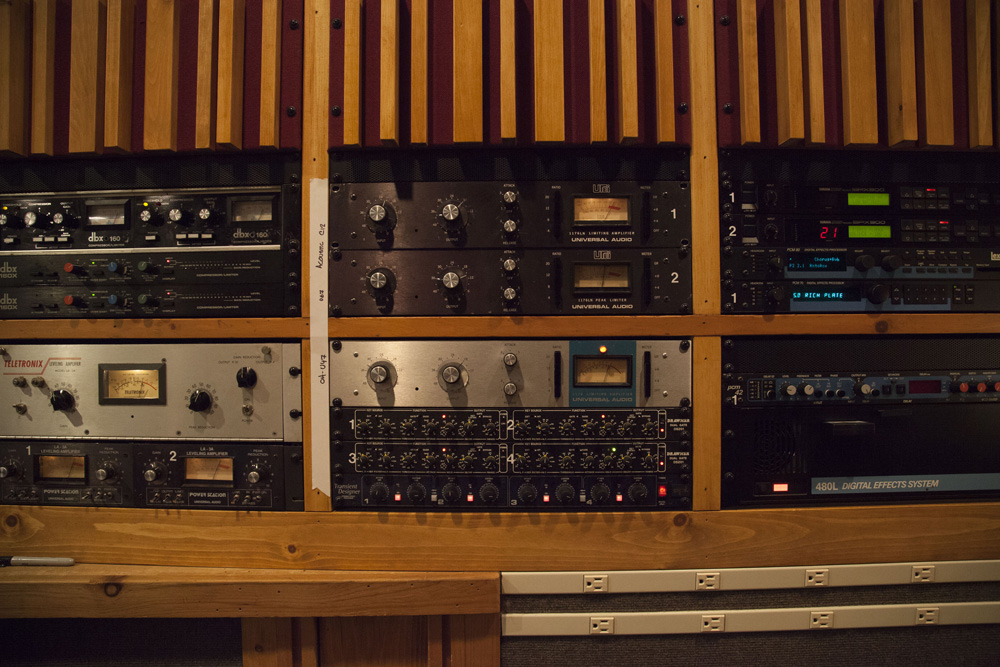
Here are our vintage Black Face and Blue Stripe 1176s—used on almost every session, these compressors sound incredible on everything put through them.
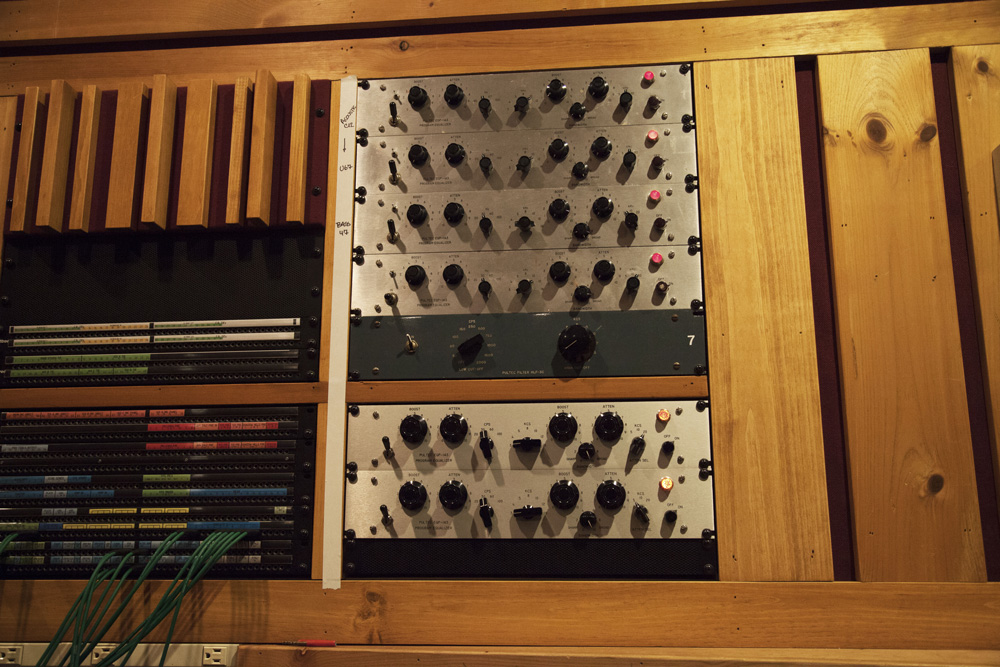
This is a rack of vintage and new Pultec EQP-1A3 tube-powered equalizers. These too are used on most recordings done here at PSNE.

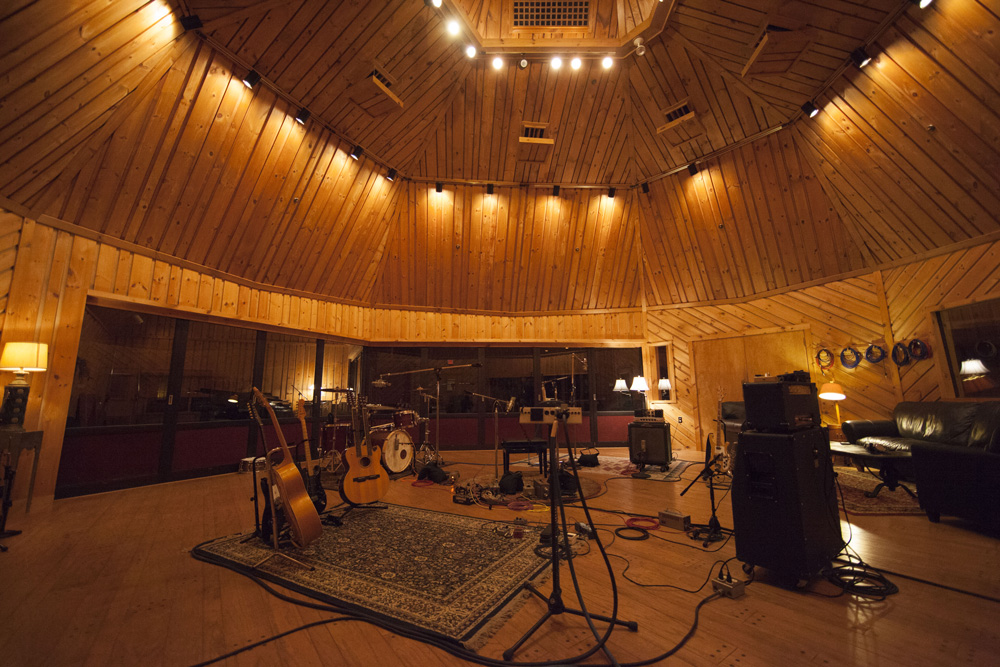
The live room’s unique shape allows for a customizable recording environment. The back two iso booths have retractable walls that open and close—the studio can turn from one large room to three separate recording spaces, each with its own special sound. The studio was recently rewired by Redco Audio, led by Dave Berliner.
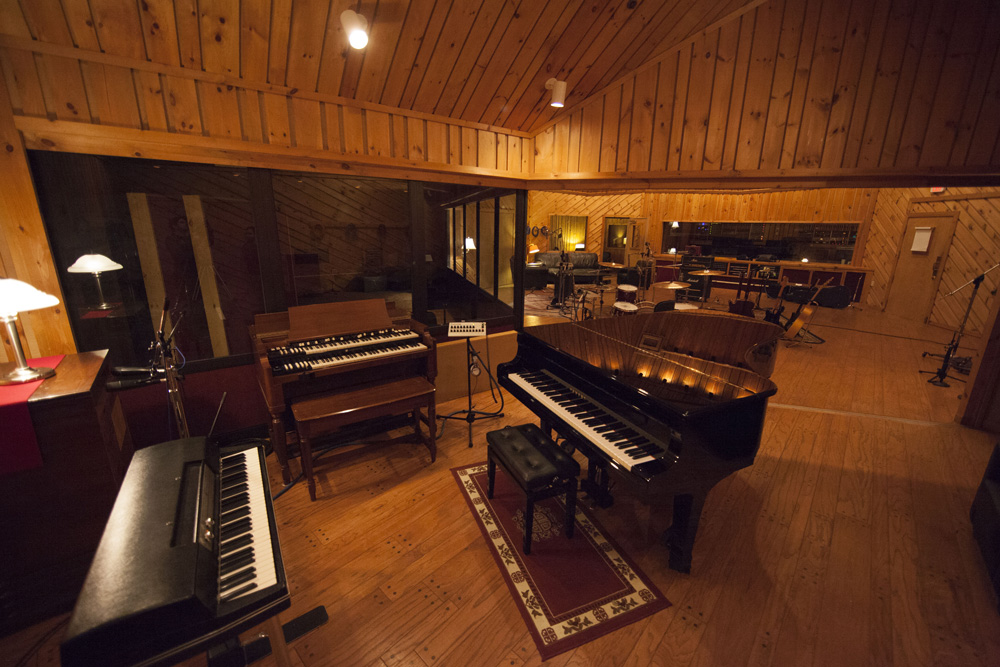
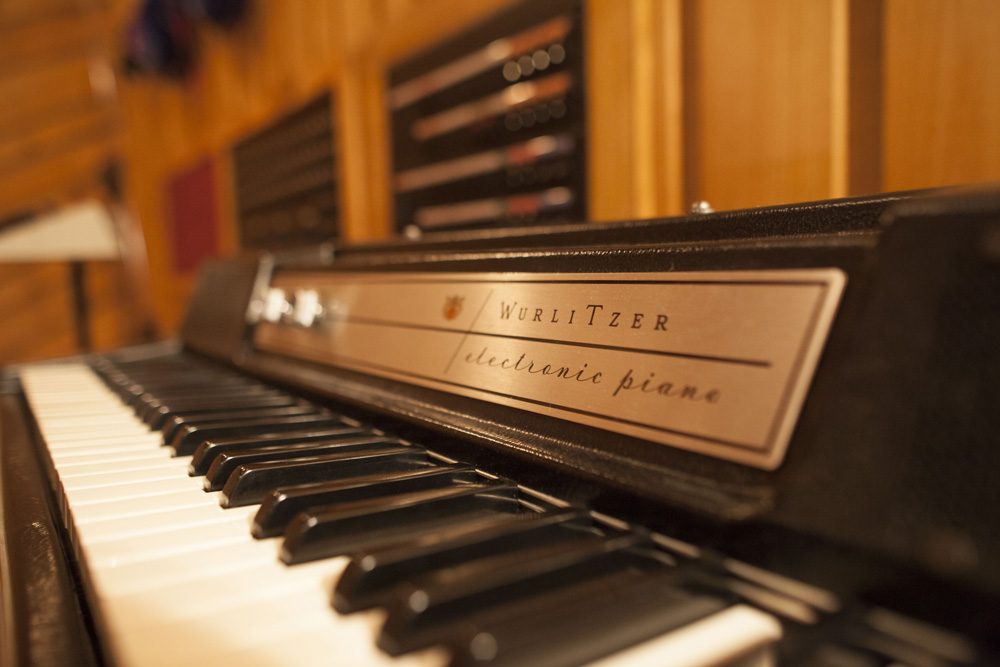
Our Yamaha C7 grand piano, Hammond B-3 and vintage Wurlitzer are all session favorites.
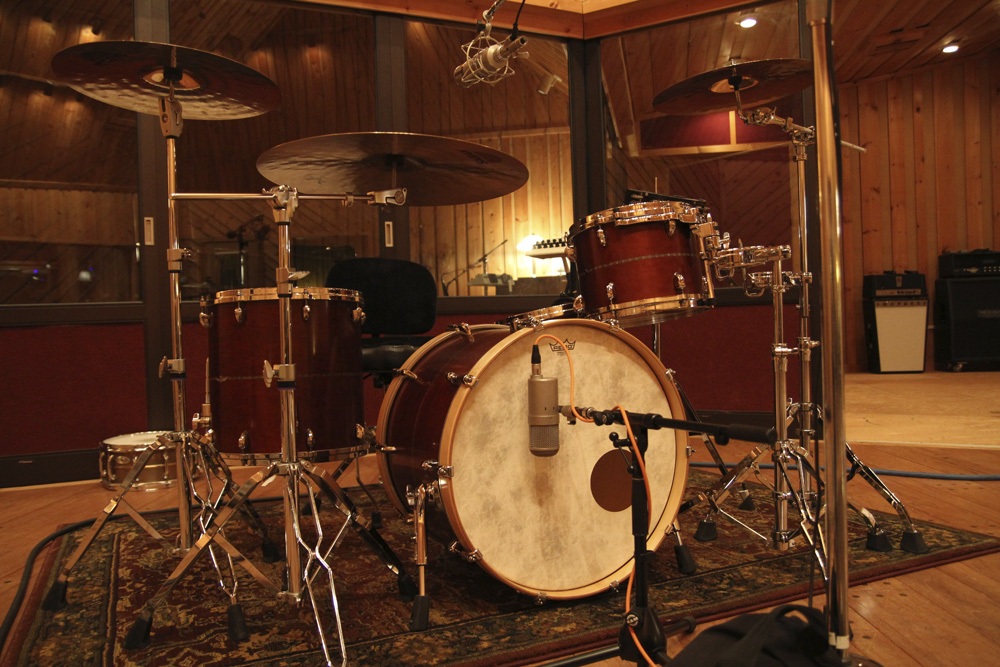
Pictured here is our Tama Star drum kit. These are great, modern-sounding drums, mic'd here with a Neumann U 47 fet on the kick and a U 47 set to omni as an overhead.
Check out Power Station New England's website here for more information. And check out previous installments of our Show Us Your Space series below.
Have you assembled an awesome music space that you want to show off? Contact us at [email protected]
